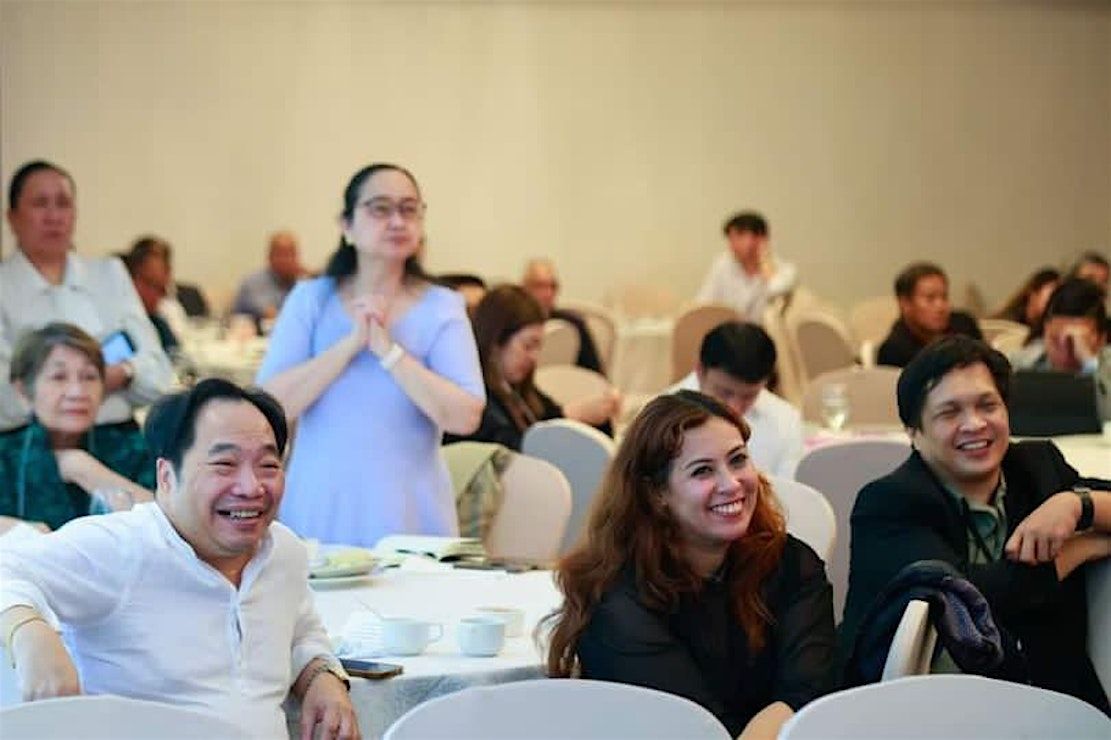
About this Event
Why Opt-In, You wonder?
Jobs are evolving and so should we.
Public use case challenges are the ultimate playground for UX designers, offering a unique opportunity to showcase creativity, solve real-world problems, and stand out in the competitive design industry. These challenges empower designers to think strategically, tackle user pain points head-on, and deliver innovative solutions that impress stakeholders. They’re not just exercises—they’re a fast track to building a standout portfolio, mastering in-demand skills, and connecting with a vibrant community of peers and industry leaders. If you're looking to supercharge your UX career, public challenges are your chance to shine, demonstrate your value, and turn opportunities into success stories.
So, here's the deal.
You can opt in as the chef, the peer judge, or the silent spectator. Choose wisely!
If you are the chef, rest assured, we'll support you in every step of the way!
🍰Here is the Scenario:
You have recently joined a tech startup as a UX designer. The company is developing an innovative AI-powered platform that leverages generative AI tools to assist content creators in producing high-quality visual, textual, and audio content effortlessly. Your task is to design a seamless, user-centric platform that caters to diverse user needs, from social media marketers to video editors and musicians.
🌮The Challenge:
Design the user experience (UX) for a generative AI-powered platform that prioritizes:
1. Ease of Use: For non-technical users.
2. Customization: Allowing users to tailor outputs to their specific needs.
3. Transparency: Providing insight into how the AI works (e.g., sources of inspiration, confidence levels).
4. Ethical Usage: Ensuring users understand the boundaries of generated content and avoid misuse.
🍫Your Goal:
Develop a high-level UX framework for the platform, including:
1. A clear user journey.
2. Mockups or wireframes for the key features.
3. Thoughtful consideration of AI explainability and ethical
🍪Tasks to Complete:
1. User Research Plan:
Outline how you will gather insights about user needs, expectations, and pain points.
Suggest methods such as interviews, surveys, or usability tests.
2. User Journey Map:
Create a map showing how users will interact with the platform from start to finish.
Highlight key touchpoints (e.g., onboarding, creation, feedback).
3. Wireframe Mockups:
- Design three key screens:
- Onboarding Flow: A simple introduction to the platform and its features.
- Content Creation Dashboard: A workspace where users can input prompts, tweak settings, and view results.
- Feedback & Refinement: A screen where users can rate, edit, or regenerate content.
4. Ethical Features Integration:
Propose features to promote responsible use (e.g., watermarks, citation generation, content usage policies).
🧁Deliverables:
1. User Journey Map: Visual representation of the user flow.
2. Wireframes: Low-fidelity designs of key screens.
3. Ethics Plan: A brief document describing how the platform will address issues like bias, misinformation, and copyright.
4. Presentation: A 5-10 minute pitch showcasing your design process and rationale.
🍩Constraints:
- The platform must be intuitive enough for first-time users.
- Budget and resources are limited, so focus on an MVP (Minimum Viable Product).
- The AI models are pre-built by the development team; your focus is solely on the UX.
🎁Bonus Task:
Suggest additional features that could differentiate the platform from competitors like Canva, ChatGPT, or DALL·E.
This case challenge allows you to demonstrate your ability to design a user-centered experience while addressing the unique considerations of generative AI.
___
Prep up!!
📍UXin / The psychology of user experience with human-machine interaction 1/n



Your main coach is yours truely 🙏🏼
More: katusop.com
X: @itskatusop
___
Happy Cookoff!
Event Venue & Nearby Stays
Chicago, United States
USD 16.67 to USD 99.99












